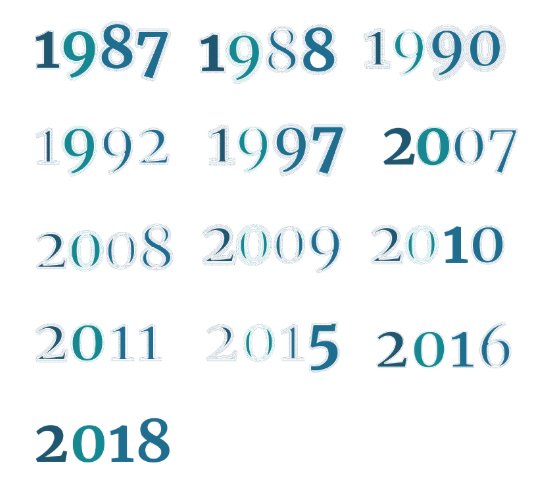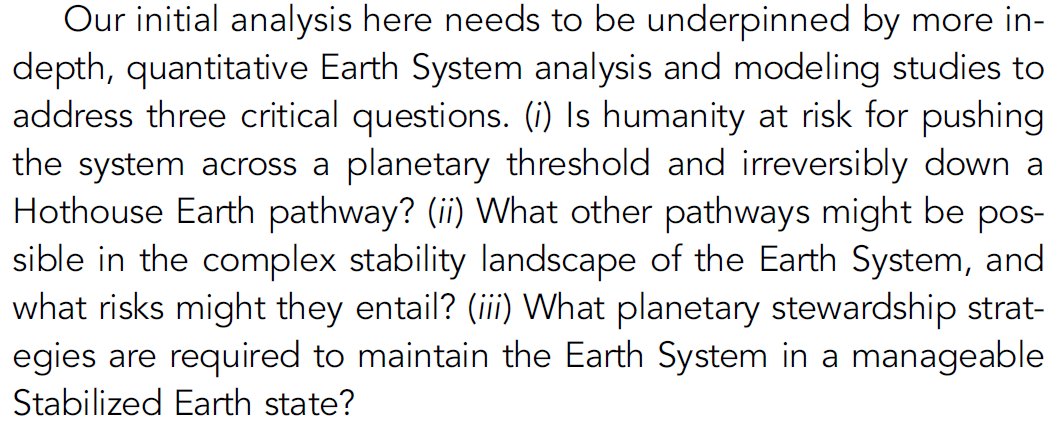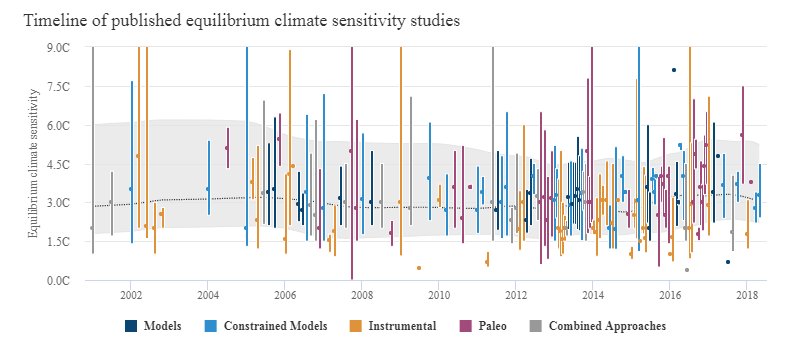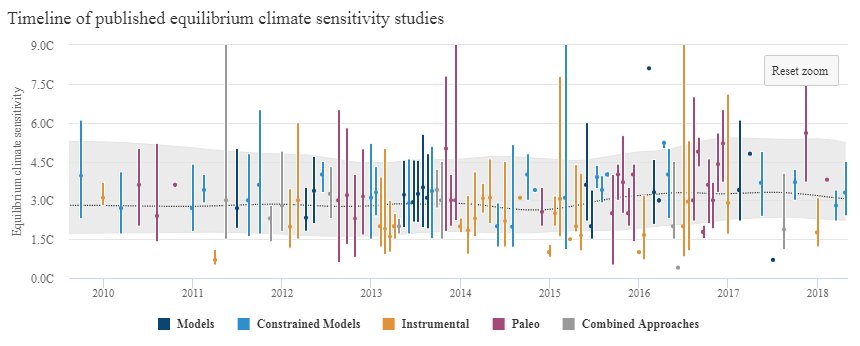What is the role of oil in a 2°C world?
THREAD on my presentation at #ONS2018 #CentreCourt (Monday), where I (try to) explain why there is potentially space for some new oil & what constrains the amount 1/
slideshare.net/GlenPeters_CIC…
THREAD on my presentation at #ONS2018 #CentreCourt (Monday), where I (try to) explain why there is potentially space for some new oil & what constrains the amount 1/
slideshare.net/GlenPeters_CIC…
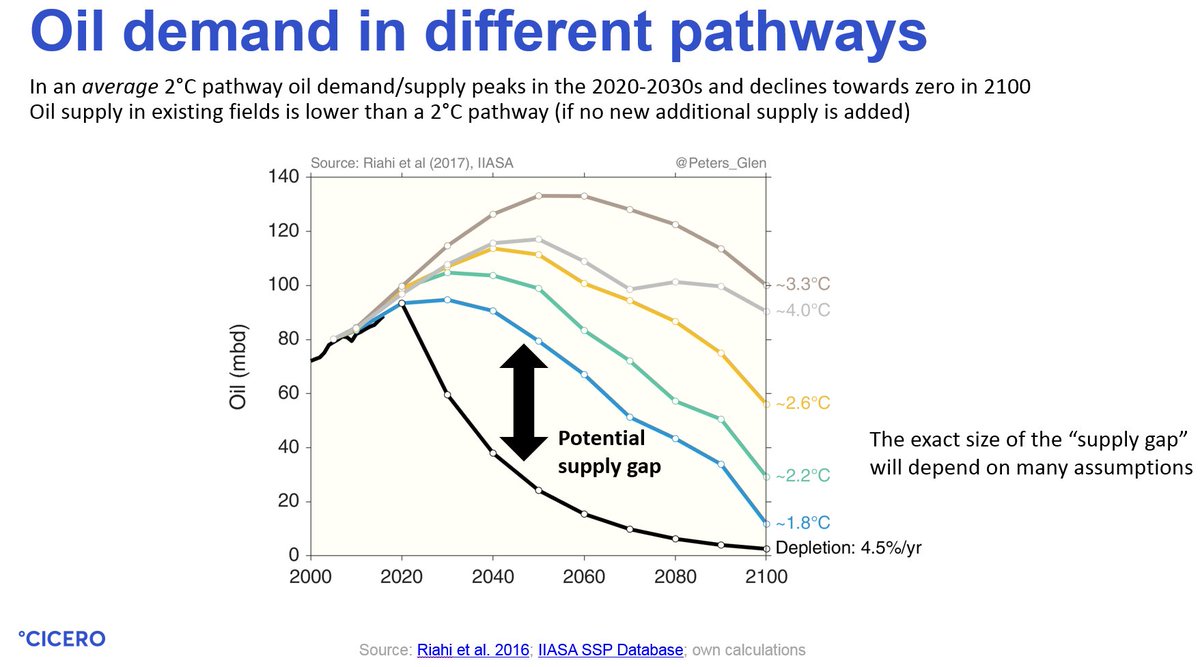
It is important to remember, that every molecule of CO₂ that enters the atmosphere causes the temperature to increase. To stop temperature rising, either stop emitting CO₂ or, if you must, take out what you put in. 2/ 

Because it is unlikely we can get to zero emissions in 10-20 years (1.5°C) or 30-40 years (2°C), we have to remove CO₂ from the atmosphere. The more removed, the less radical the short-term reductions. Radical mitigation AND CO₂ removal is key. 3/
Carbon budgets are not that useful at the policy level (rdcu.be/0Tiv, rdcu.be/0TiG), so we instead use emission scenarios to explore future uncertainties (top). For this presentation, it is useful to group scenarios to focus on stylised pathways (bottom) 4/ 
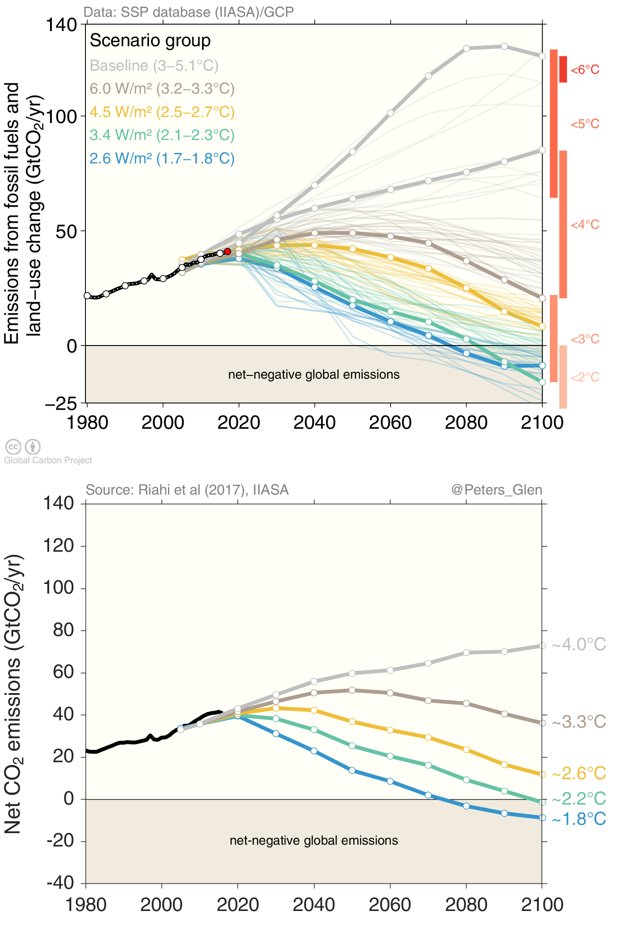
In optimal scenarios, oil demand peaks in about 2020's for a little under 2°C (blue), 2030 for a little over 2°C (green), 2040 for ~2.5°C (yellow), etc, after which there is a gradual decline to 2100. All is stubborn. 5/ 

If we empty all existing oil fields (black), then there is not enough to meet demand, even to stay below 2°C. There is a "supply gap", but it's exact size will depend on lots of supply, demand, & socioeconomic energy system assumptions. 6/ 

Why does oil demand remain rather stubborn? Rule of thumb: ~25% of oil is for private cars, ~25% freight, ~25% shipping / aviation, ~25% petrochemicals. Even if electric vehicles take over the world tomorrow, oil demand will still persist. 7/
To get an idea of how challanging it is to reduce emissions in frieght, aviation, shipping, and other hard-to-mitigate sectors, then have a read of this recent review. Long distance transport is about 5% of global emissions. science.sciencemag.org/content/360/63… 8/ 
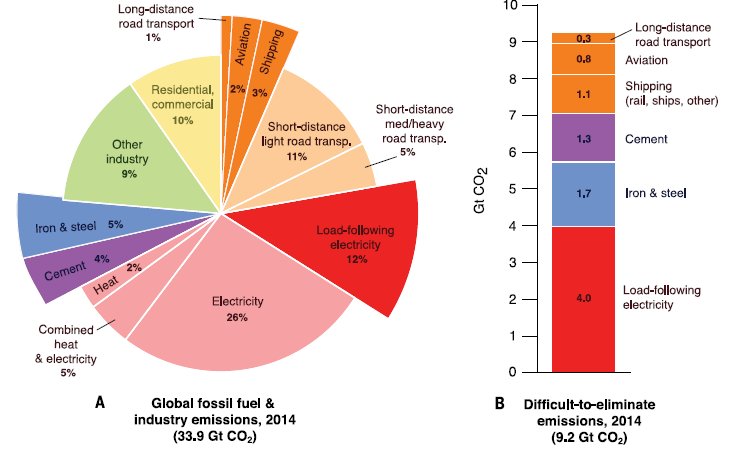
All this is based on "optimal" scenarios. To get from a reference to 2°C requires huge decreases in energy use & coal, plus rapid growth in CCS, bioenergy, & non-fossil energy. Miss any of these "building blocks", the less oil... 9/
More info... cicero.oslo.no/en/posts/news/…
More info... cicero.oslo.no/en/posts/news/…

Worth noting that there are many different ways to get to 2°C, different models & socioeconomic assumptions will lead to different pathways. These risks leads to more or less oil. Risks abound, which is why we use scenarios in the first place... /10 
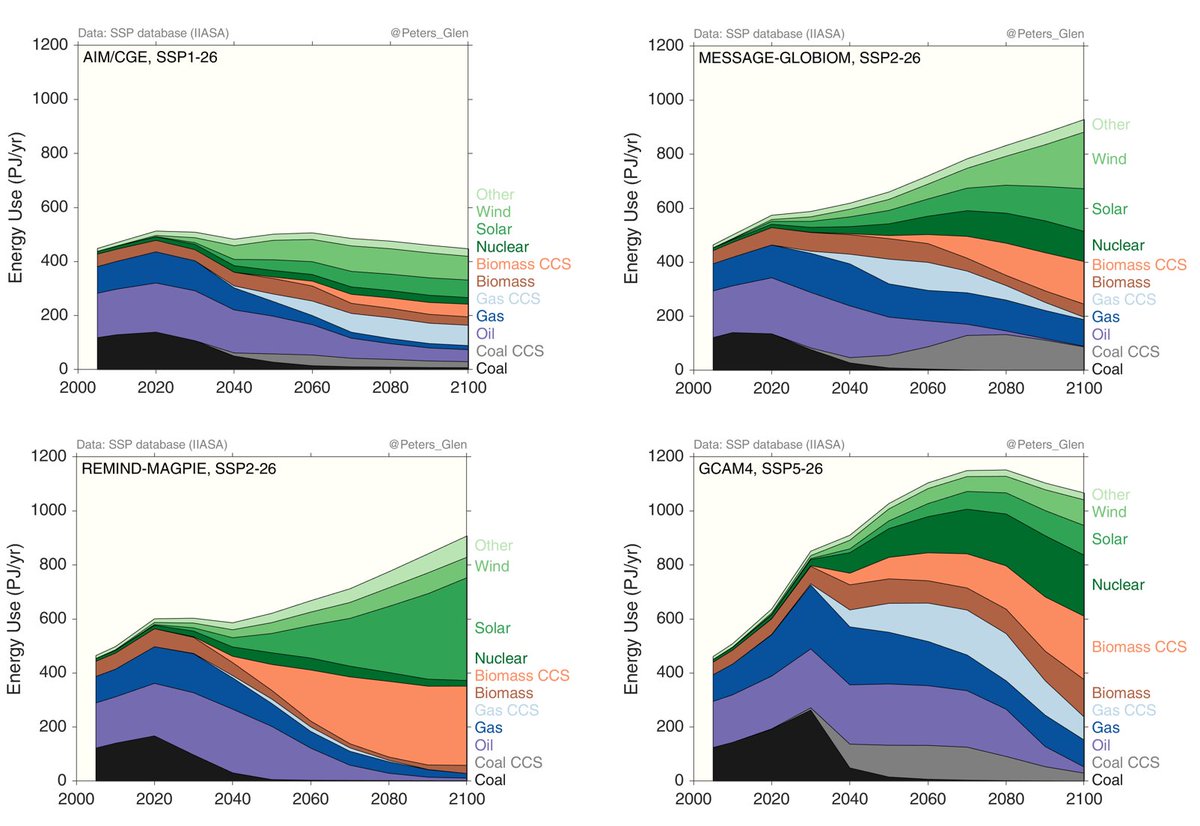
Yes, there is potentially place for new oil in a 2°C world:
* There is much less coal, oil, gas in a 2°C world than in 3°C (BAU is over)
* New oil requires the death of coal, & emergence of renewables, CCS, EVs, CO₂ removal, ...
* Don't meet those criteria, then less oil /11
* There is much less coal, oil, gas in a 2°C world than in 3°C (BAU is over)
* New oil requires the death of coal, & emergence of renewables, CCS, EVs, CO₂ removal, ...
* Don't meet those criteria, then less oil /11
What can the oil industry do?
* Support & push broad decarbonisation, everyone needs to do their part
* Focus on high-value niche opportunities
* Utilise the skill set, which is far beyond petroleum engineering
* Read the great thread by @JigarShahDC
* Support & push broad decarbonisation, everyone needs to do their part
* Focus on high-value niche opportunities
* Utilise the skill set, which is far beyond petroleum engineering
* Read the great thread by @JigarShahDC
https://twitter.com/JigarShahDC/status/1021121946585649153/12
Important to remember nothing is black & white, the future of oil is a complex & nuanced discussion. Happy for comments on the presentation & discussion. 13/end
slideshare.net/GlenPeters_CIC…
slideshare.net/GlenPeters_CIC…
• • •
Missing some Tweet in this thread? You can try to
force a refresh


